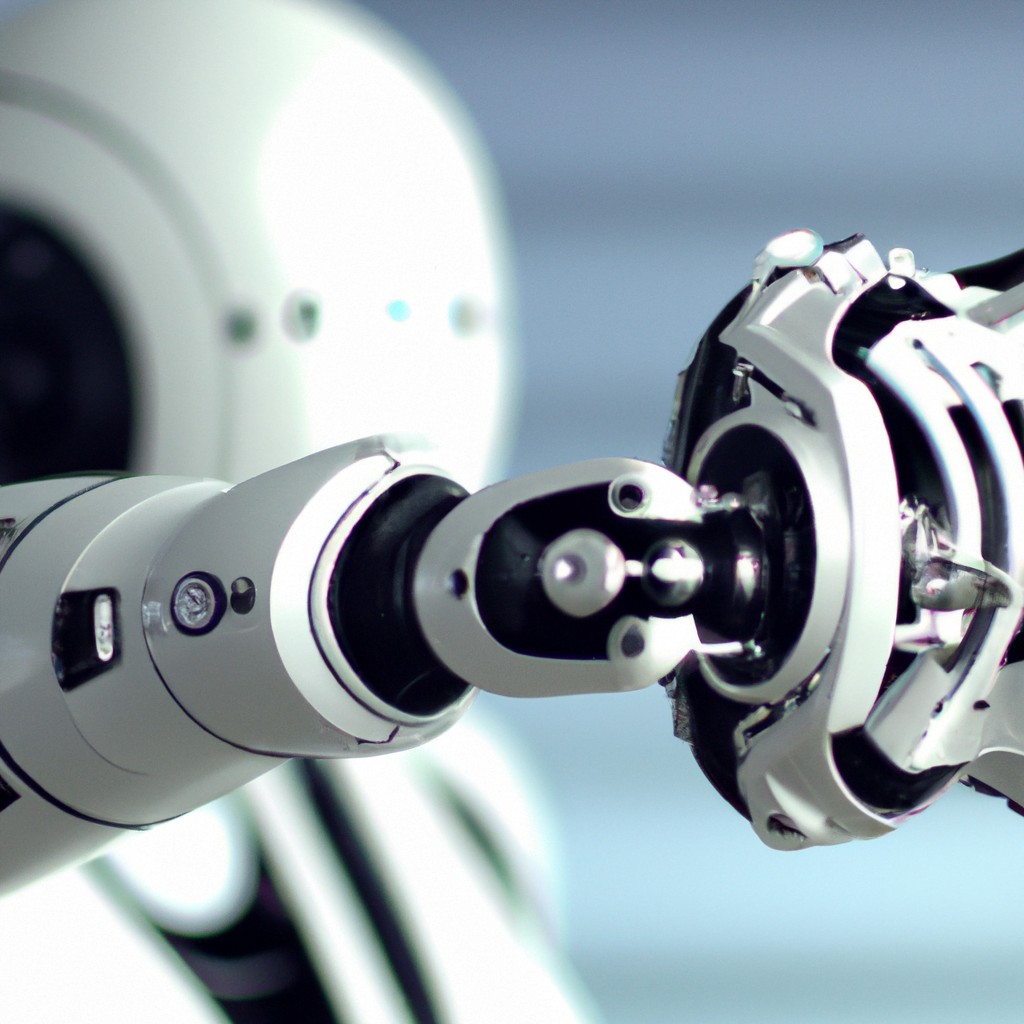Smart Clean-up
Unique Needs and Preferences
People have different needs and preferences, especially when it comes to cleaning or tidying up their homes. Robots designed to assist with household chores should be able to consider these individual preferences.
Personalizing Home Robot Assistance
Researchers from Princeton University and Stanford University used large language models (LLMs) to personalize the assistance provided by home robots. They tested their approach on a mobile robot called TidyBot, which helps tidy up indoor spaces.
Leveraging Language Models
The researchers used LLMs like ChatGPT, which are known for their summarization capabilities. These models can summarize information and provide general guidelines after being trained on small datasets or scenario examples.
Summarizing User Preferences
Using the LLM, the researchers created summaries of a user’s preferences for tidying up based on their inputs. For example, a user might say, “Put red clothes in the drawer and white ones in the closet.” The model then formulates generalized preferences to guide the robot’s actions.
Variability in User Preferences
Determining where to put each object can be challenging because people’s preferences vary greatly. Different individuals may prefer storing items in different places. The goal is to build systems that can learn these preferences from just a few examples and apply them to future interactions.
Evaluating the Approach
The researchers conducted tests to evaluate their approach. They assessed the generalized preferences produced by the model when given data from text-based datasets. They also examined how it affected a real robot’s ability to tidy up in personalized ways, specifically TidyBot.

Success of the Approach
The approach achieved 91.2% accuracy on unseen objects in the benchmark dataset and successfully put away 85.0% of objects in real-world test scenarios using TidyBot.
Expanding the Potential of Language Models
This research highlights that LLMs can enhance robotic systems, not just for written tasks and answering questions, but also for improving the abilities of home robots. Other teams may explore the potential of these models for robotics applications.
Advancing Home Robots
The proposed LLM-based approach and TidyBot could contribute to the development of more advanced home robots that align with users’ preferences. Further studies could improve the method’s performance, especially in highly cluttered environments.
Addressing Limitations
The current implementation of the system has certain limitations, such as relying on hand-written manipulation techniques, top-down grasps, and known receptacle locations. These limitations can be addressed by incorporating more advanced primitives and expanding the capabilities of the perception system. High-level planning could also be integrated to help the robot navigate cluttered environments more effectively.





